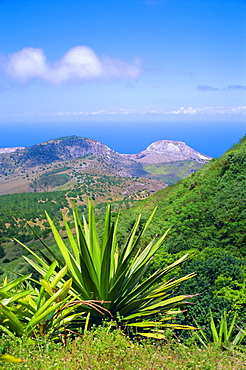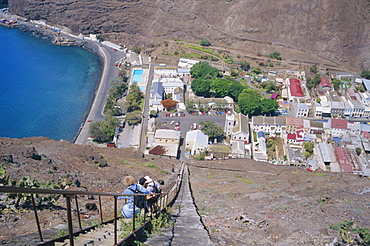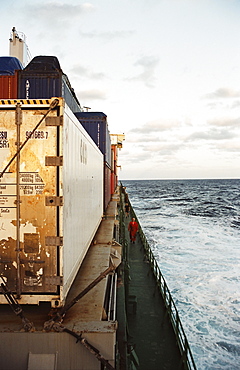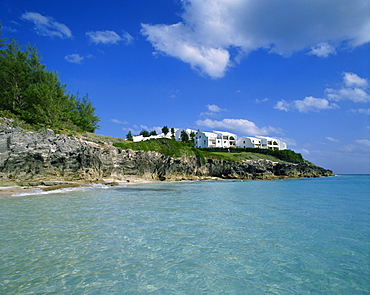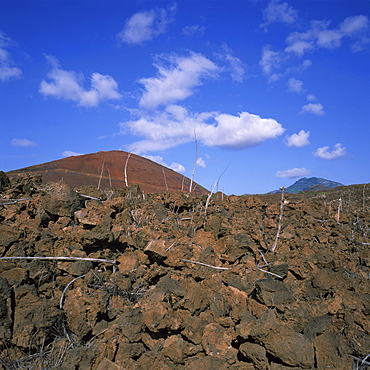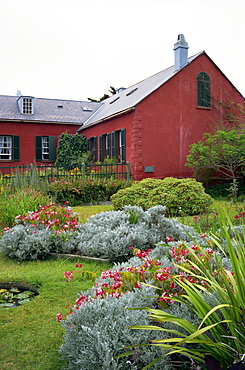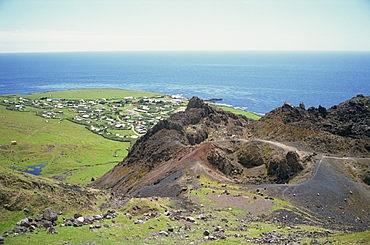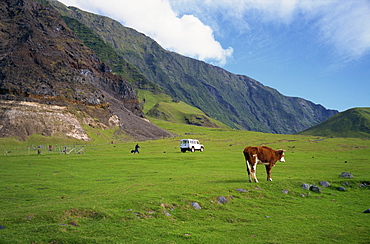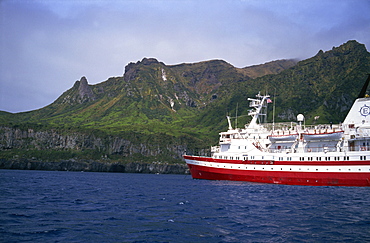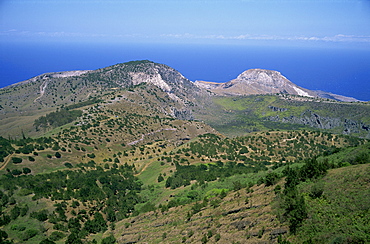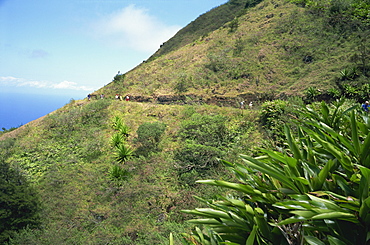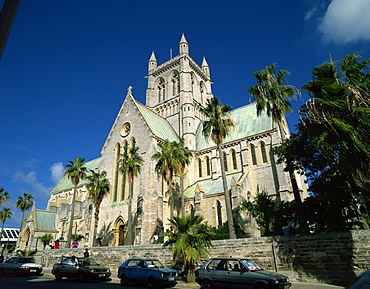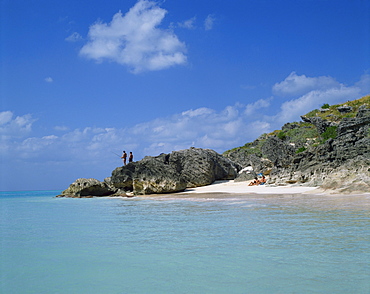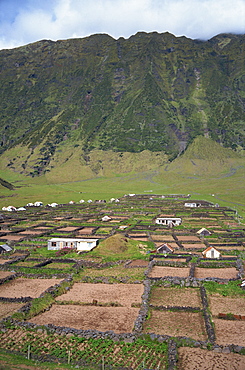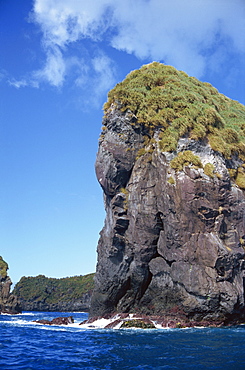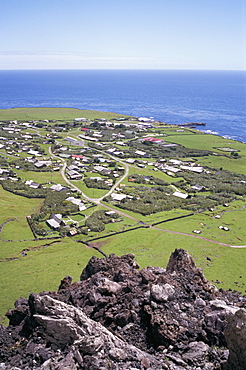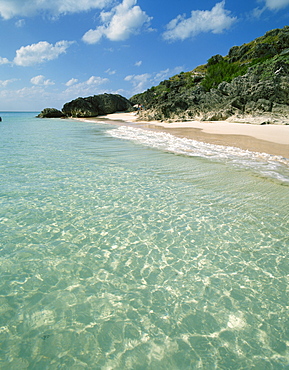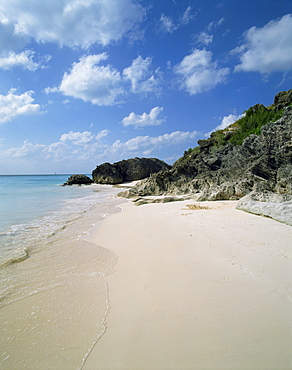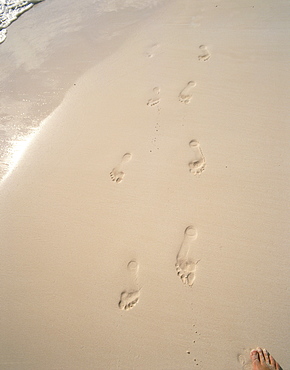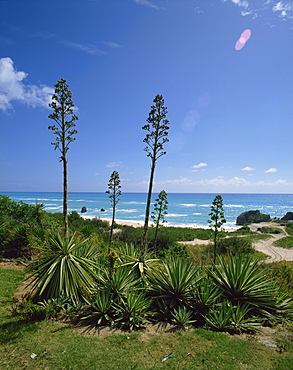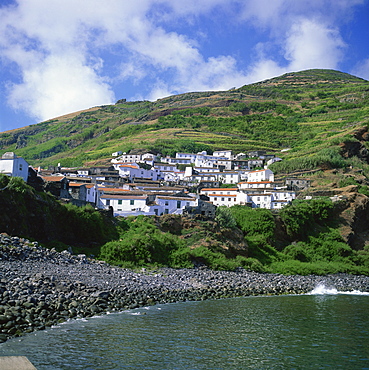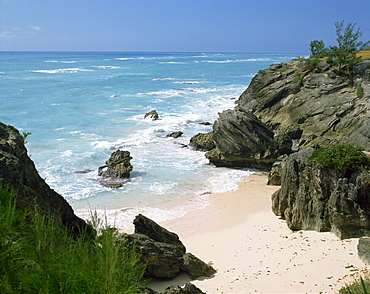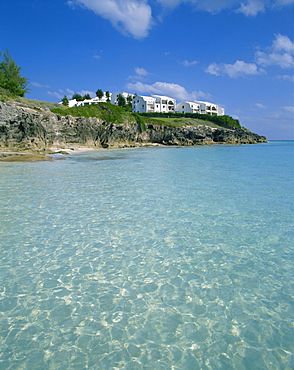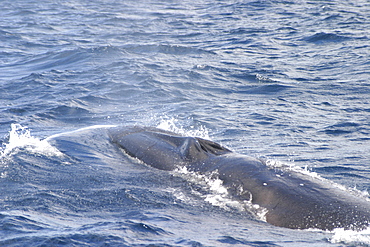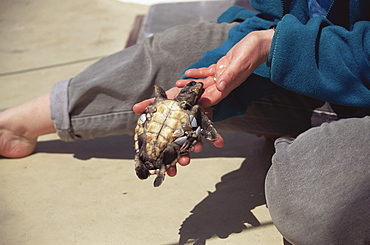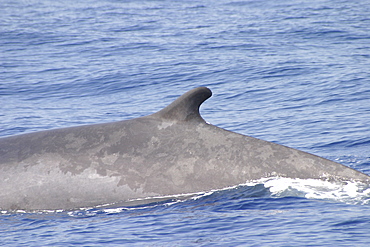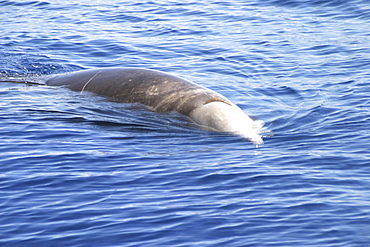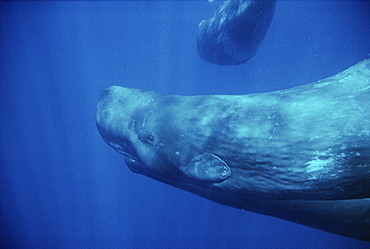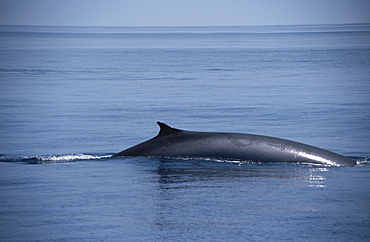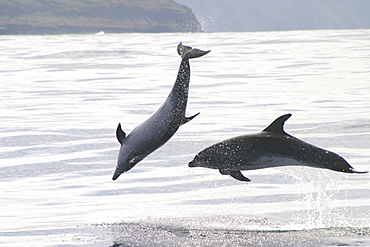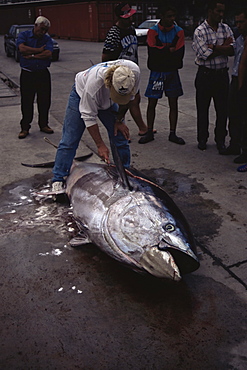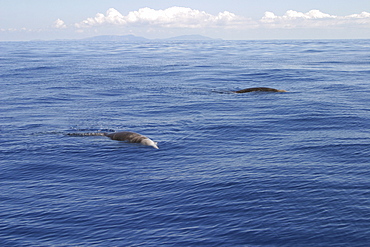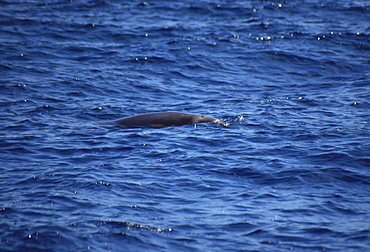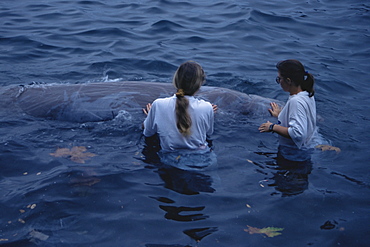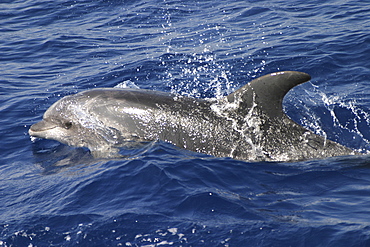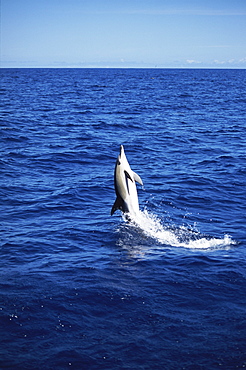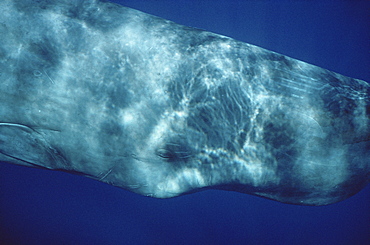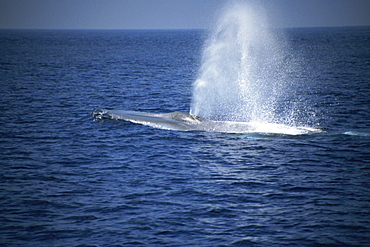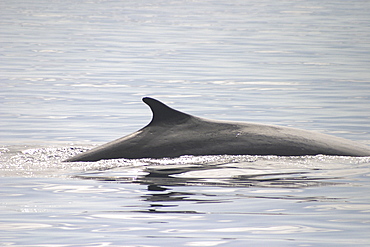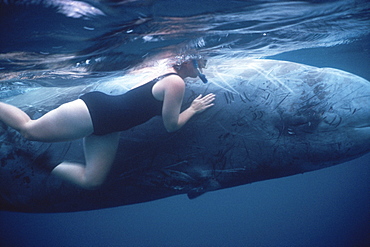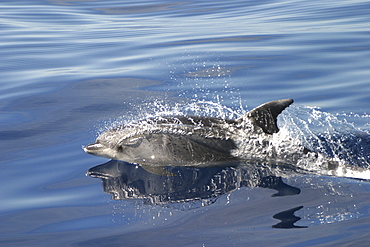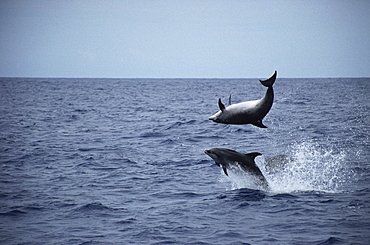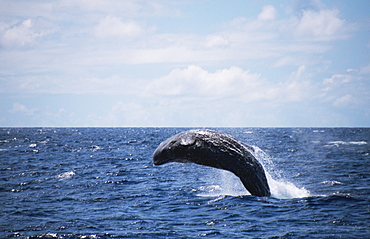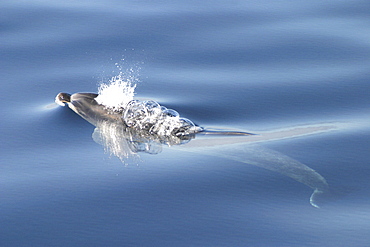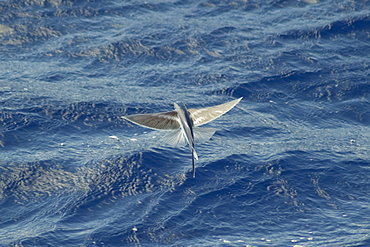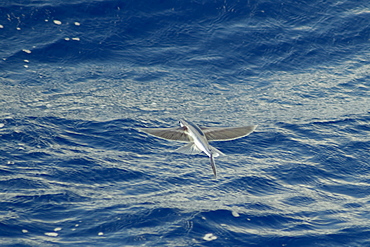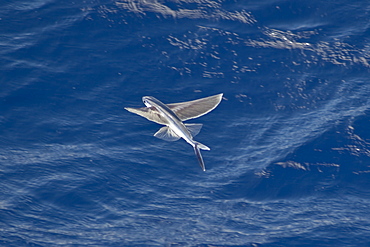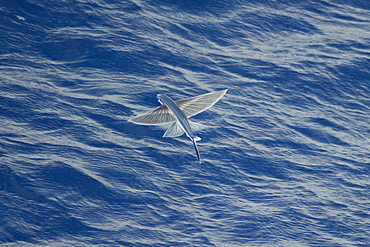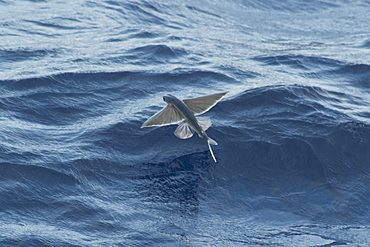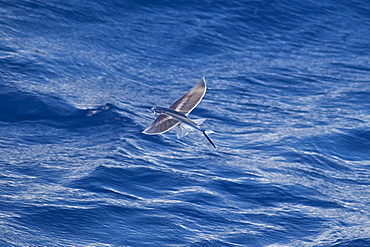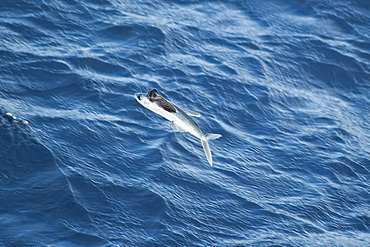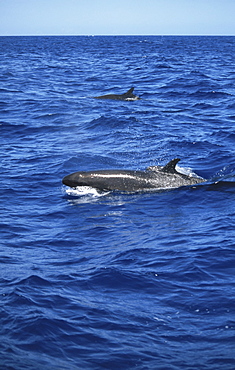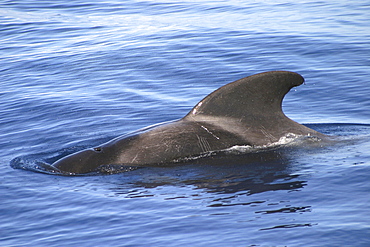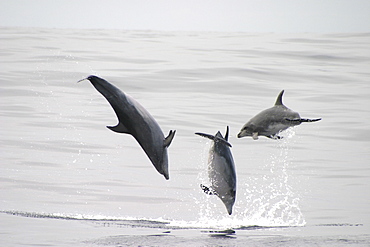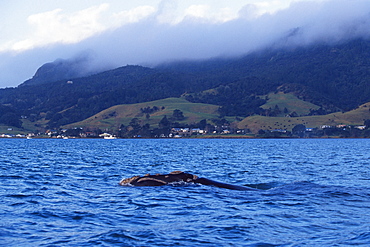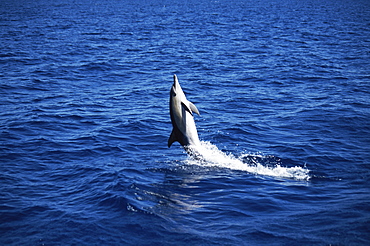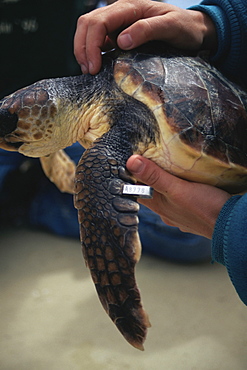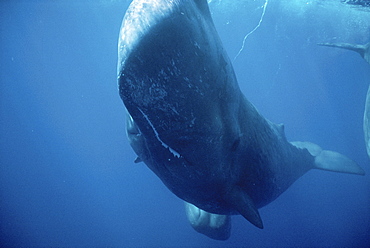Results
44 results found
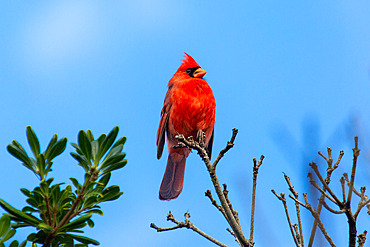
Male Northern Cardinal (Cardinalis cardinalis), a mid sized songbird common in Eastern North America, Bermuda, Atlantic, North America
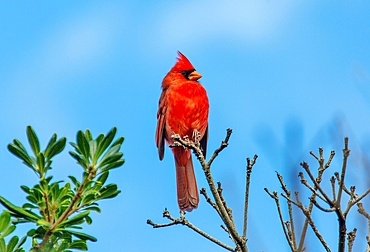
Male Northern Cardinal (Cardinalis cardinalis), a mid sized songbird common in Eastern North America, Bermuda, Atlantic, North America
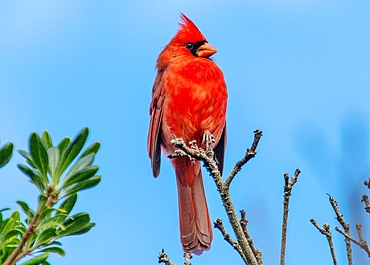
Male Northern Cardinal (Cardinalis cardinalis), a mid sized songbird common in Eastern North America, Bermuda, Atlantic, North America
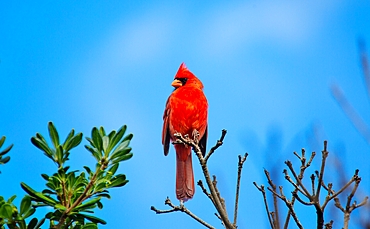
Male Northern Cardinal (Cardinalis cardinalis), a mid sized songbird common in Eastern North America, Bermuda, Atlantic, North America
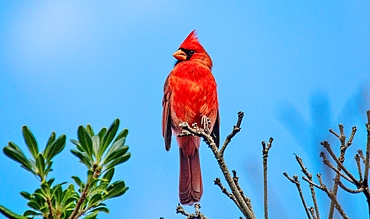
Male Northern Cardinal (Cardinalis cardinalis), a mid sized songbird common in Eastern North America, Bermuda, Atlantic, North America
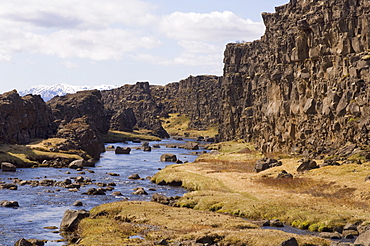
Oxararfoss waterfall on Mid-Atlantic Rift, Thingvellir National Park, UNESCO World Heritage Site, Iceland, Polar Regions
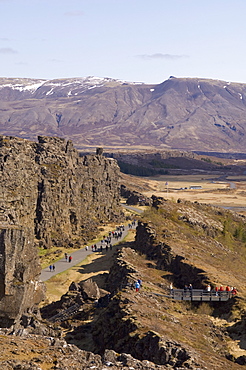
Mid-Atlantic Rift zone, Thingvellir National Park, UNESCO World Heritage Site, Iceland, Polar Regions
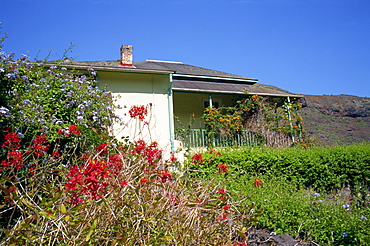
Flowers in front of Briars Pavilion, the house where Napoleon stayed from October to December 1815, on St. Helena, Mid Atlantic
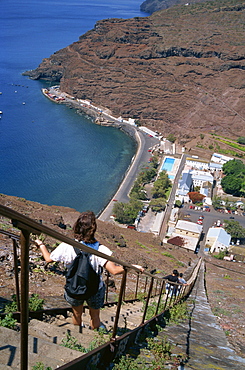
Tourists walking down flight of steps called Jacobs Ladder, towards the harbour at Jamestown, St. Helena, Atlantic Ocean, Mid Atlantic
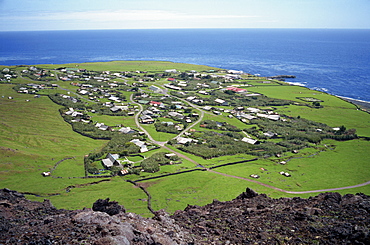
The settlement from the 1961 volcanic cone, with the ocean in the background, Edinburgh, Tristan da Cunha, Mid Atlantic
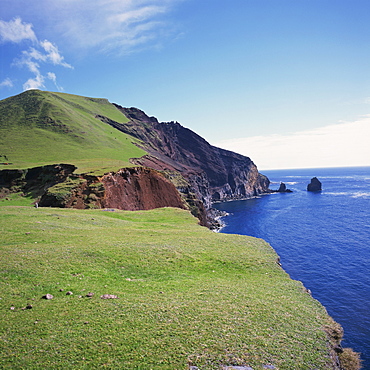
Grass topped cliffs along the north west coast between the settlement of Edinburgh and potato patches, on Tristan da Cunha, Mid Atlantic
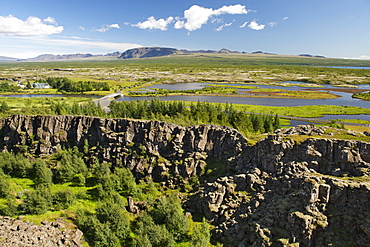
View across the rift valley marking the edge of the mid-Atlantic ridge, Thingvellir National Park, UNESCO World Heritage Site, southwest region, Iceland, Polar Regions
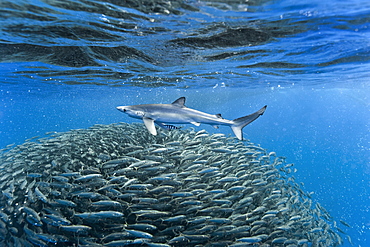
Shark thought to be a tope with a zebra fish in attendance passes a large ball of blue jack mackerel (Trachurus picturatus) mid ocean, Azores, Portugal, Atlantic, Europe
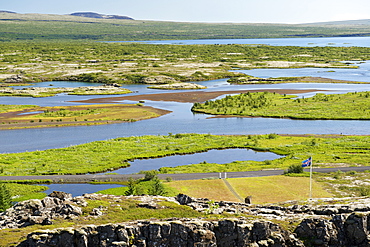
View across the rift valley marking the edge of the mid-Atlantic ridge, Thingvellir National Park, UNESCO World Heritage Site, southwest region, Iceland, Polar Regions
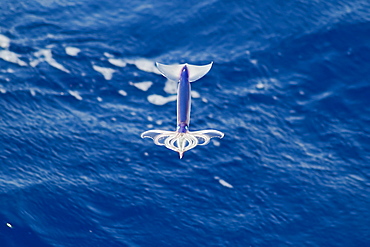
Flying Squid Species in mid-air, roughly 100 nm North of Tristan Da Cunha, South Atlantic Ocean. Flying Squid use membranes between their tentacles (visible on pic) & two fins at the rear of the mantle to glide through the air in a similar way to flying fish.
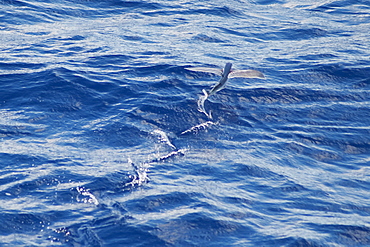
Flying Fish Species (scientific name unknown) rare unusual image, in mid-air. South Atlantic Ocean. MORE INFO: Note the trail on the surface of the water made by its tail.
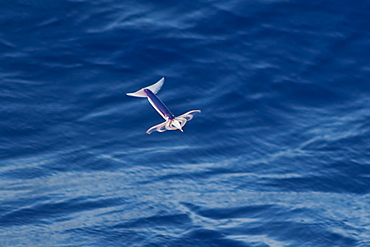
Flying Squid Species in mid-air (Ommastrephes bartramii). Extremely rare unusual image. South Atlantic Ocean. MORE INFO: Flying Squid use membranes between their tentacles (visible on pic) & two fins at the rear of the mantle to glide through the air in a similar way to flying fish. These unique adaptations allow them to avoid predation more easily. Ommastrephid squids are among the strongest swimmers in the Cephalopoda. A number of species are fished commercially. This particular species (Ommastrephes bartramii), is commonly known as "Neon Flying Squid" due to its colouration and its ability to glide over the ocean surface as seen in the photographs. Please note that this is a genuine image of a wild animal in its natural environment. It is not a digital manipulation.
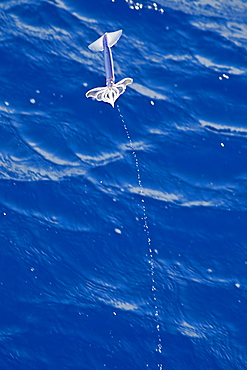
Flying Squid Species in mid-air leaving a water trail behind it, roughly 100 nm North of Tristan Da Cunha, South Atlantic Ocean. Flying Squid use membranes between their tentacles (visible on pic) & two fins at the rear of the mantle to glide through the air in a similar way to flying fish.
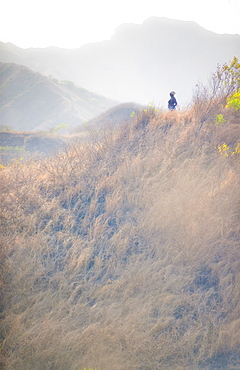
Country Side, Mountain Vilage, 03/04/2009. Landscape view from the road in the area of Praia on Sao Tiago Island, Cape Verde. Native woman standing on hill side in mid day. . Praia, Sao Tiago Island. Cape Verde

03/04/2009. Landscape view from the road in the area of Praia on Sao Tiago Island, Cape Verde. Native woman standing on hill side in mid day. . Praia, suburb of Praia, Sao Tiago Island. Cape Verde
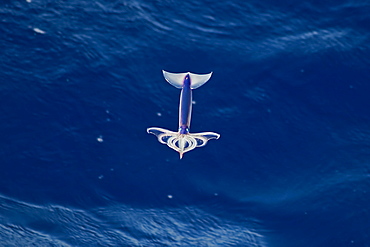
Flying Squid Species in mid-air, roughly 100 nm North of Tristan Da Cunha, South Atlantic Ocean. Flying Squid use membranes between their tentacles (visible on pic) & two fins at the rear of the mantle to glide through the air in a similar way to flying fish.
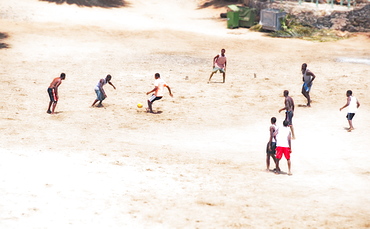
03/04/2009. Tarrafal bay Town Beach. Children and teenagers enjoy their local beach in the mid day. The Cape Verde islands have a large population percentage of youths. . Praia, Tarrafal , Sao Tiago Island. Cape Verde
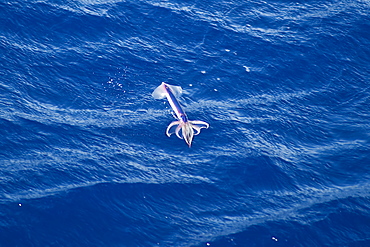
Flying Squid Species in mid-air, roughly 100 nm North of Tristan Da Cunha, South Atlantic Ocean. Flying Squid use membranes between their tentacles (visible on pic) & two fins at the rear of the mantle to glide through the air in a similar way to flying fish.
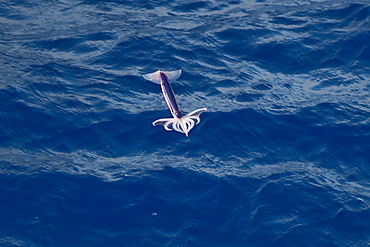
Flying Squid Species in mid-air (Ommastrephes bartramii). Extremely rare unusual image. South Atlantic Ocean. MORE INFO: Flying Squid use membranes between their tentacles (visible on pic) & two fins at the rear of the mantle to glide through the air in a similar way to flying fish. These unique adaptations allow them to avoid predation more easily. Ommastrephid squids are among the strongest swimmers in the Cephalopoda. A number of species are fished commercially. This particular species (Ommastrephes bartramii), is commonly known as "Neon Flying Squid" due to its colouration and its ability to glide over the ocean surface as seen in the photographs. Please note that this is a genuine image of a wild animal in its natural environment. It is not a digital manipulation.
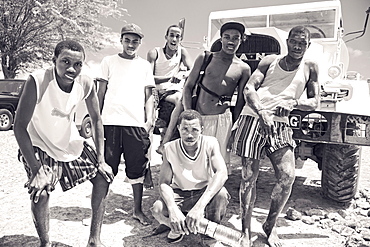
03/04/2009. Tarrafal bay Town Beach. Children and teenagers enjoy their local beach in the mid day. The Cape Verde islands have a large population percentage of youths. . Praia, Tarrafal , Sao Tiago Island. Cape Verde
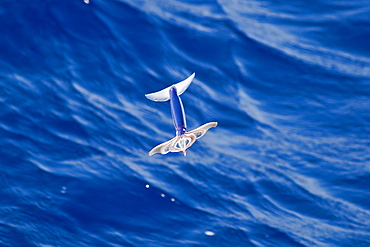
Flying Squid Species in mid-air, roughly 100 nm North of Tristan Da Cunha, South Atlantic Ocean. Flying Squid use membranes between their tentacles (visible on pic) & two fins at the rear of the mantle to glide through the air in a similar way to flying fish.
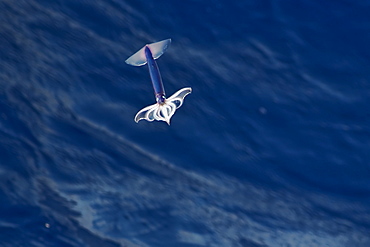
Flying Squid Species in mid-air (Ommastrephes bartramii). Extremely rare unusual image. South Atlantic Ocean. MORE INFO: Flying Squid use membranes between their tentacles (visible on pic) & two fins at the rear of the mantle to glide through the air in a similar way to flying fish. These unique adaptations allow them to avoid predation more easily. Ommastrephid squids are among the strongest swimmers in the Cephalopoda. A number of species are fished commercially. This particular species (Ommastrephes bartramii), is commonly known as "Neon Flying Squid" due to its colouration and its ability to glide over the ocean surface as seen in the photographs. Please note that this is a genuine image of a wild animal in its natural environment. It is not a digital manipulation.
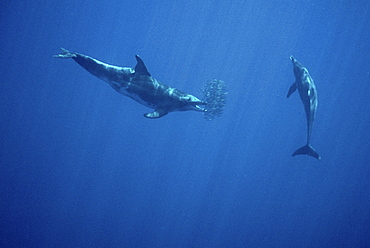
Rough Tooth Dolphin (Steno bredanensis) feeding on bait ball of snipe fish (Macroramphosus scolopax). Azores
